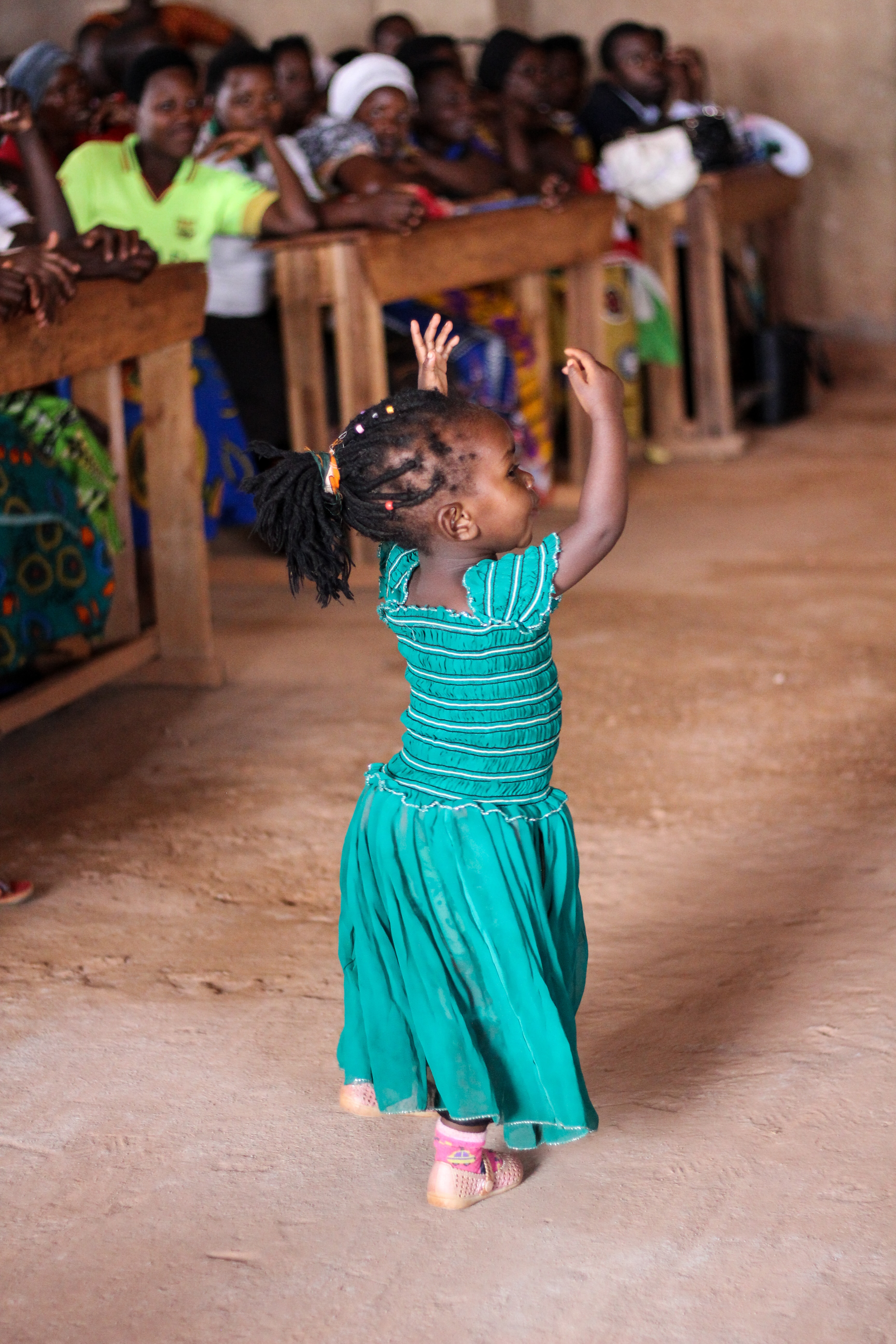The Facts
The Whole Truth
Population (2019)
%
Urbanization (2017)
Life Expectancy (2018)
%
Unemployment (2018)
%
Population below poverty line (2016)
Kenya faces an extreme shortage of medical professionals.

According to the World Health Organization (WHO), there is only one doctor and 12 nurses or midwives per every 10,000 Kenyans.
Although major public health interventions have assisted in reducing the country’s mortality rates, including the HIV/AIDS crisis, the lack of medical professionals continues to take a harsh toll on the community.
Access to essential quality services such as healthcare, education, clean water, and sanitation is a luxury for most cirizens.
Gender Disparity
The Global Gender Gap Report 2017 ranks Kenya 76 out of 144 globally with significant inequalities between males and females in education attainment, health outcomes, representation in parliament, and participation in the labor market. Moreover, gender-based violence is pervasive with almost half (45 percent) of women aged 15-49 have experienced either physical or sexual abuse at some point in their life.” (Kenya Demographic Health Survey, 2014)
Other findings have shown that:
- Dropout rates are generally higher among females, more so for girls in class seven compared to those in grade eight. Significant reasons for dropouts include standard social practices, school types, and lengthy commutes to and from school.
- Due to the severe underfunding and woefully overcrowded schools, with a student-teacher ratio as high as 100 to 1 in some cases, the quality of education in these rural schools is rarely adequate to prepare students for national tests, a requirement for secondary school.
- For the exceptional girl who does pass the national test to graduate from primary school, all secondary schools in Kenya are boarding schools. The annual cost is prohibitive for most; however, if economically feasible, sons are always given priority.
- Significant factors affecting female student participation include household chores, poverty, cultural beliefs, negative outlooks, and peer pressure.
- Headteachers indicate factors such as child labor, lack of essential requirements, peer pressure, and parental irresponsibility.

